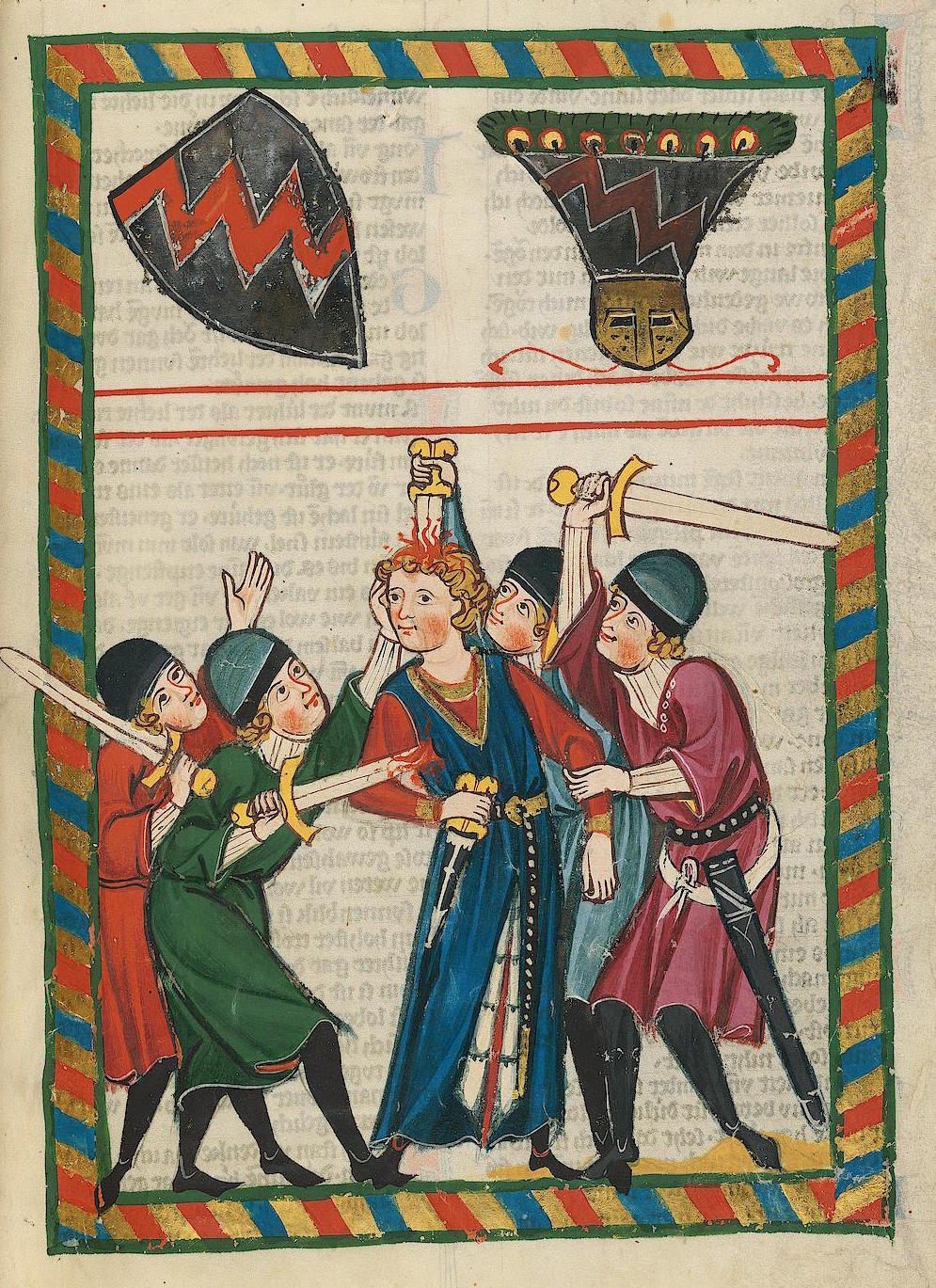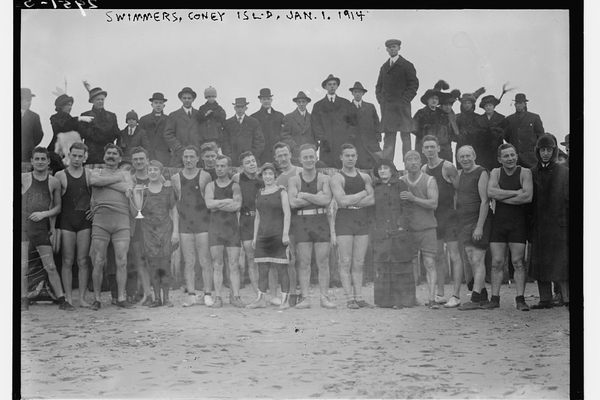Medieval Europe Couldn’t Quit This Story About a Woman Eating Her Lover’s Heart
Her husband tricks her into eating it.

Some stories are so good that they’re told over and over again, morphing in their details but staying the same in their essence. In Europe’s High Middle Ages, one of the most persistent stories was a gruesome tale of love and cannibalism, the Legend of the Eaten Heart. For years, starting in the 1800s, scholars tried to sort through the story’s many versions to puzzle out where it had originated, but there was a difficulty—one Indian version of the exact same story that had to be somehow factored in.
The scholars who collected versions of this story counted them differently, but there are somewhere between about 14 and 24 distinct tellings, starting around 1150 A.D., as an aside in the story of Tristan and Iseult. In the most basic version of this story, a married woman takes a lover, and her husband finds out. When the lover dies or is killed, the husband takes possession of his heart, cooks it, and feeds it to his wife, who dies shortly after.
There are two main variations, dealing with how the lover dies. In one version, the husband tracks down the lover and kills him. In the second, the lover dies some other way, usually when he goes off to the Crusades. He wants his heart removed and sent back to his lady love (this was a popular gesture at the time), but while the heart is en route, the husband intercepts it and takes possession.

No matter what, the wife eats the heart. That’s a key bit. She almost always dies after that, usually by throwing herself out the window or refusing to eat, sometimes both. Occasionally she dies of grief. When she survives, which is rarely, she ends up in a convent. Although she’s always in love with the dead man, in some versions of the story, her love is innocent and never consummated. More often, though, she’s an unrepentant adulteress. In one of the most famous versions, the Lai d’Ignaure, there’s not just one but 12 women involved, all of whom have cheated on their husbands with the same man.
Besides being a thrilling tale about a woman or women being tricked into cannibalism, the legend of the eaten heart is a story about power. Who wins in the end, the husband or the wife? Different versions have different answers to that question: sometimes the husband is explicitly punished for his transgressive act by a vengeful relative of his wife or by being exiled from his home.
There’s a Christian overtone to the story, too, in the ritual consumption of the body; in Ignaure, the 12 women stand in for 12 apostles, and it’s not clear that they’re the villains. In A Perverse History of the Human Heart, the scholar Milad Doueihi writes that the story is a sort of parody, working at “the intersection between Christian and Greek mythology,” drawing on both the story of Christ and of Dionysus, who is cooked and eaten by the Titans and reborn from the one organ they don’t consume, his heart. In Consuming Passions, another scholar, Merrall L. Price argues that the Christian overtones of consuming the heart allow the women in the stories to “regain a final dignity” and “punish their husbands doubly in choosing to die.”

For many years, it was thought that this story came from Europe. Most of the extant versions came from European literary traditions, in England, Germany, France, and Italy. There was one Swedish version, too. In the 1880s, though, one folklore scholar found a version of the story that included all the key elements in the Punjab district of India, and everyone studying this story had to scramble to account for that. Was the Indian version derivative of the European versions, or vice versa?
Some scholars changed their allegiance to a possible origin outside of Europe; others staunchly defended the status quo. But an influential article published in 1911, dedicated to understanding the interrelationship of the stories, had a different answer. That paper showed that it was most likely the Indian version of the story. The European versions, particularly those in southern Europe that inspired the version in Boccaccio’s Decameron, most likely came from the same, unknown source. No one place could definitely lay claim to this story—it’s just a classic.
Gastro Obscura covers the world’s most wondrous food and drink.
Sign up for our email, delivered twice a week.



























Follow us on Twitter to get the latest on the world's hidden wonders.
Like us on Facebook to get the latest on the world's hidden wonders.
Follow us on Twitter Like us on Facebook